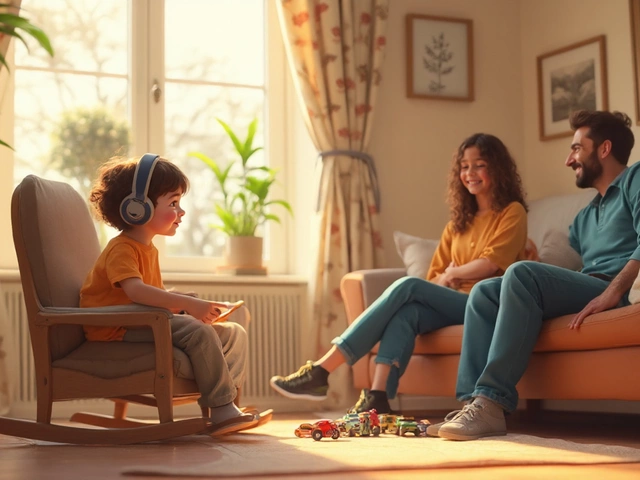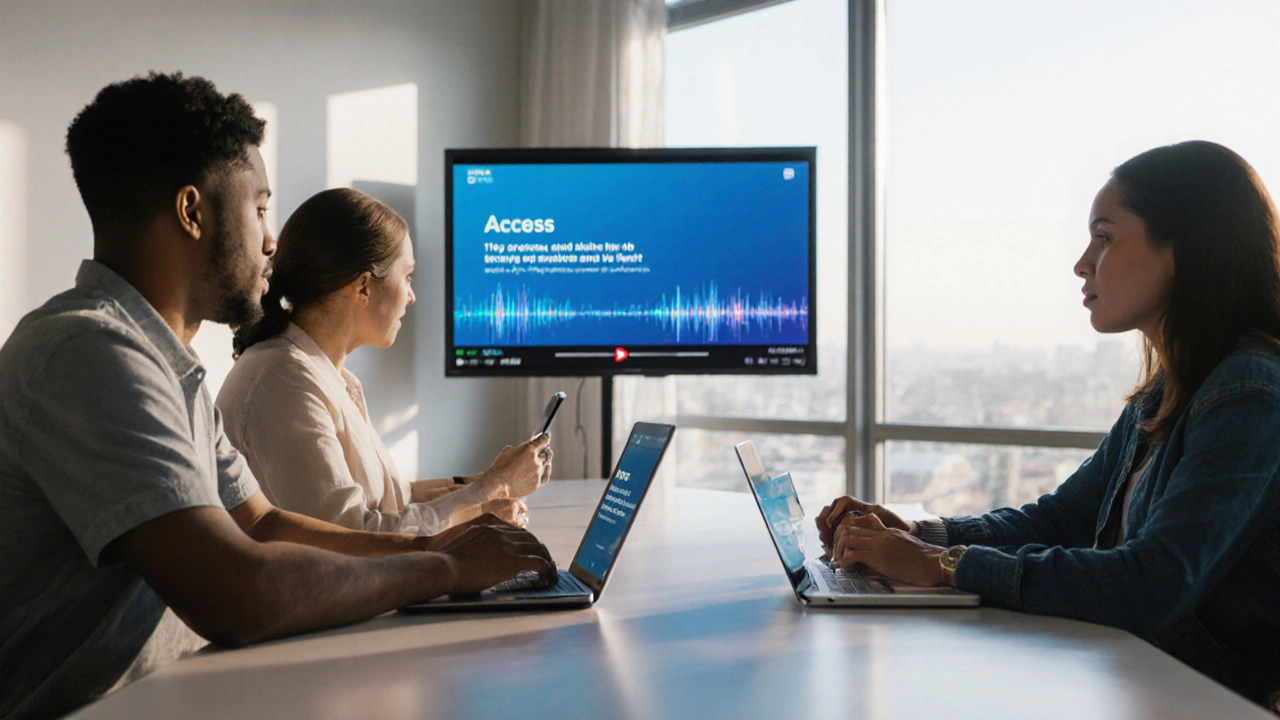Adult Learning Theory – How Adults Really Learn
Ever wonder why a workshop feels boring for grown‑ups while a classroom of kids seems lively? That’s because adults bring their own life story, goals, and habits into the learning room. Adult learning theory, also called andragogy, breaks down these differences and shows how to make training stick. Below you’ll get the core ideas and quick ways to use them right now.
Key Differences Between Adult and Child Learning
First, adults are self‑directed. They don’t want someone telling them what to think; they want to choose what matters to them. Kids, on the other hand, rely on teachers to set the agenda. Second, adults have a treasure chest of experience. When you connect new info to something they’ve lived through, it clicks faster. Third, motivation for adults is practical. They ask, “How will this help me at work or in life?” If you can answer that, they’ll pay attention.
Another big factor is relevance. An adult might sit through a safety lesson for hours, but if the examples feel unrelated to their daily tasks, the knowledge evaporates. Children accept abstract concepts more easily because they’re still building the links between ideas. For adults, you need to show the real‑world outcome right away.
Practical Tips to Apply Adult Learning Theory
Start every session with a quick goal check: ask participants what they hope to get out of the hour. Write those goals on the board and refer back to them. That keeps the session laser‑focused and shows you value their input.
Use stories from the workplace or everyday life. If you’re teaching PPE basics, describe a real incident where a missing glove caused a problem, then walk through the correct steps. The story makes the rule stick because it’s tied to a vivid picture.
Give learners chances to practice immediately. Instead of a long lecture, break it into short bursts of info followed by a hands‑on activity. For example, after explaining how to adjust a safety harness, let participants try it on a dummy. This “do‑first, think‑later” approach respects adult learners’ need for practicality.
Encourage peer sharing. Adults love to swap tips they’ve tried. Set up a quick round‑robin where each person gives one best practice. You’ll tap into their experience pool and build a sense of community.
Finally, provide clear resources for follow‑up. Adults often have limited time, so a concise cheat sheet or a short video link lets them review at their own pace. Knowing they can revisit the material later reduces pressure during the session.
By keeping learning self‑directed, experience‑based, and immediately useful, you turn boring lectures into powerful skill‑building moments. Try these steps in your next training – you’ll see engagement jump and knowledge stick longer.








